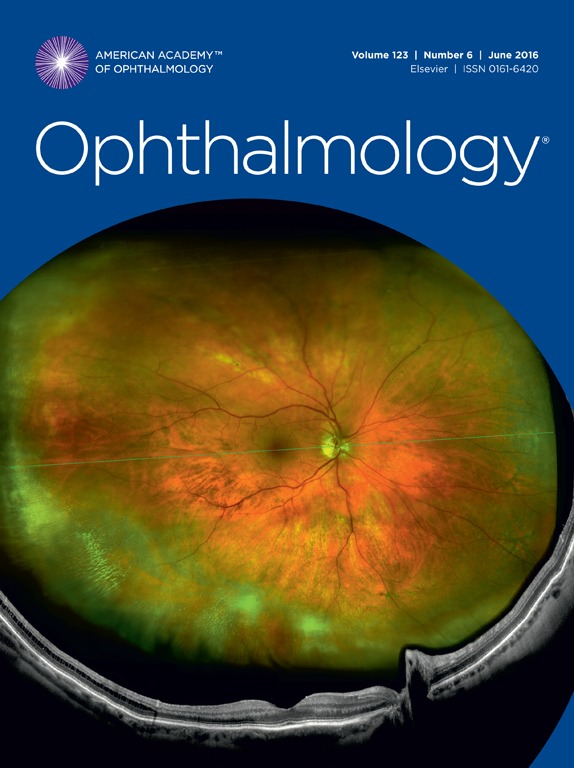La vitamina C riduce di un terzo il rischio di cataratta, uno stile di vita corretto può superare la genetica.

Genetic and Dietary Factors Influencing the Progression of Nuclear Cataract
Ekaterina Yonova-Doing, Zoe A. Forkin, Pirro G. Hysi, Katie M. Williams, Tim D. Spector, Clare E. Gilbert, Christopher J. Hammond.
Ophthalmology
June 2016, Volume 123, Issue 6, Pages 1237–1244
Purpose To determine the heritability of nuclear cataract progression and to explore prospectively the effect of dietary micronutrients on the progression of nuclear cataract.
Design Prospective cohort study.
Participants Cross-sectional nuclear cataract and dietary measurements were available for 2054 white female twins from the TwinsUK cohort. Follow-up cataract measurements were available for 324 of the twins (151 monozygotic and 173 dizygotic twins).
Methods Nuclear cataract was measured using a quantitative measure of nuclear density obtained from digital Scheimpflug images. Dietary data were available from EPIC food frequency questionnaires. Heritability was modeled using maximum likelihood structural equation twin modeling. Association between nuclear cataract change and micronutrients was investigated using linear and multinomial regression analysis. The mean interval between baseline and follow-up examination was 9.4 years.
Main Outcome Measures Nuclear cataract progression.
Results The best-fitting model estimated that the heritability of nuclear cataract progression was 35% (95% confidence interval [CI], 13–54), and individual environmental factors explained the remaining 65% (95% CI, 46–87) of variance. Dietary vitamin C was protective against both nuclear cataract at baseline and nuclear cataract progression (β = −0.0002, P = 0.01 and β = −0.001, P = 0.03, respectively), whereas manganese and intake of micronutrient supplements were protective against nuclear cataract at baseline only (β = −0.009, P = 0.03 and β = −0.03, P = 0.01, respectively).
Conclusions Genetic factors explained 35% of the variation in progression of nuclear cataract over a 10-year period. Environmental factors accounted for the remaining variance, and in particular, dietary vitamin C protected against cataract progression assessed approximately 10 years after baseline.
